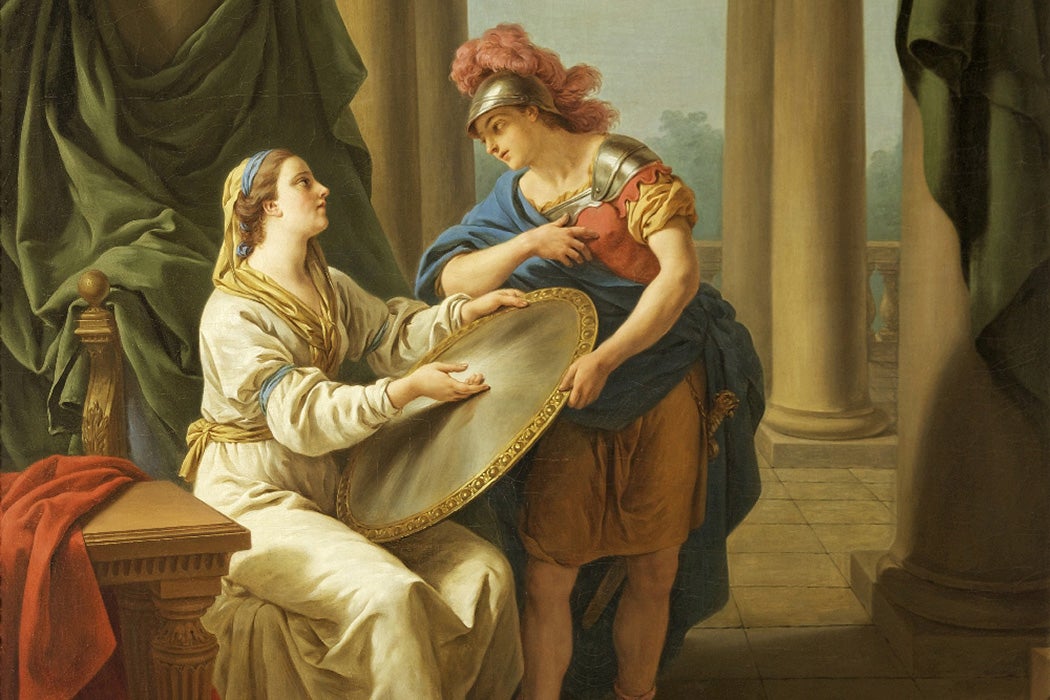In popular culture, ancient Sparta is known mostly for its fearsome warriors. It’s also widely recognized as perhaps the best ancient Greek society to be a woman, since female citizens were more educated and had greater autonomy than their counterparts in other city-states. Classical scholar Andrew G. Scott writes that another way Sparta seems to have been unique in ancient Greece is in allowing a woman to be married to two men at once.
Scott writes that ancient sources show that this was a thing, though it’s unclear how longstanding a custom it was or how commonly it was practiced. He suggests that it may have been a natural outgrowth of the Spartan approach to marriage and childbearing.
“The purpose of marriage at Sparta was the propagation of healthy offspring,” he writes. “And in such a system, the value of a marriage was calculated with regard to the ability to produce children.”
Spartans believed that the healthiest children would come from the healthiest men and women. People of both sexes were encouraged to do physical exercise to improve their potential as parents. Husbands and wives were also kept mostly separate, on the theory that being apart increases desire, and desire leads to healthier children. A married Spartan man continued living with other men while his children were young, and paternal duties were shared among all the men of the society. This reflected Sparta’s highly egalitarian social structures for young male citizens, who were all expected to live, study, and eat together.
Scott writes that remaining a bachelor was discouraged, at least in part because of the great emphasis placed on having children who would contribute to the state’s success. By one account, unmarried men could be forced to march around the public square in the winter, wearing a tunic and singing about themselves. In contrast, men with three sons were exempt from military service, and those with at least four didn’t have to pay any taxes.
Weekly Digest
One way plural marriage could work involved a young woman married to an older man. Since the woman would be considered healthier than her husband, the couple could get her another, younger partner. The “superior” children conceived in this way would join the older husband’s household. In another type of arrangement, a single man could conceive children for his own household with an already-married woman. This may have offered an option for men who would have preferred to remain bachelors but needed to fulfill their responsibility to the state to sire children.
Scott writes that another possible use-case was for brothers who could share a wife to limit the fracturing of their inheritance. And a woman with two husbands would retain the potential to conceive a child even while one of them was away on a military campaign.
Unfortunately for us, information about Sparta comes mostly from outside observers, so there’s no way to know what the people in these marriages really thought about them.
Teaching Tips
Incorporate primary sources:
As noted above, documentation of Sparta was written by outsiders, such as Xenophon, whose early fourth-century BCE Constitution of the Lakedaimonians discusses the Spartan education system and social structure.
Learn more about women and social structure in Sparta:
- Donald G. Kyle expands on the military and political context of Kniska of Sparta’s Olympic victories
- P. Christesen analyzes the athletic activities of Spartiates and their unmarried daughters during the Classical period
- Stephen Hodkinson outlines the specifics of land tenure and inheritance in Classical Sparta







